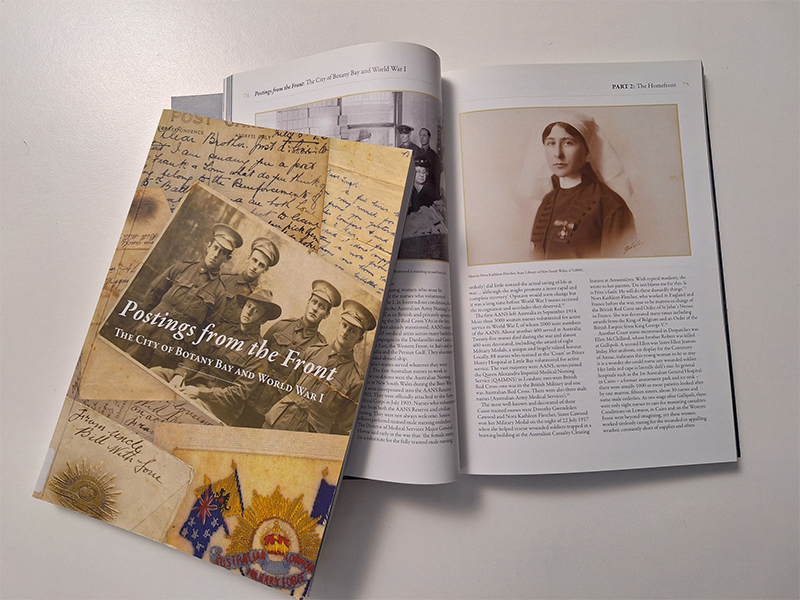
George Pell, leaving court on September 20, 2018, consistently denied the accusations against him. (AAP: David Crosling)
Cardinal George Pell had a win in the High Court yesterday, but it would be regrettable if the outcome of the case made it less likely that victims of sexual abuse will report offences against them.
The High Court, in acquitting Pell, clarified the approach that judges and jurors should take in evaluating the persuasiveness of witness testimony.
But it is important to highlight that this decision did not undermine the principle that sexual offenders can be convicted solely on the basis of evidence from the complaint.
The outcome of the decision is confined to the unusual facts of the case and this is the most important message that must be taken from the judgment.
Why was he acquitted?
Child sexual abuse, by its intrinsic nature, is a private act. It is rare that there would be witnesses, other than the victim.
It has taken decades for police, prosecution authorities and the courts to understand that the lack of corroborating evidence in sexual offence cases does not mean the prosecution will fail. The outcome of the decision in the case of Pell does not change that reality.
The central issue in the Pell judgement was how the courts should weigh evidence given by a credible witness if it is at odds with other evidence that casts doubt on the witness’s story.
The only direct evidence against Pell was the testimony of one complainant. The trial judge found the complainant to be a credible witness.
So did two Victorian Appeal Court judges. Chief Justice Anne Ferguson and Victorian Court of Appeal president Chris Maxwell stated: “Both the content of what [the complainant] said and the way in which he said it — including the language he used — appeared to us to be entirely authentic”.
The other member of the Victorian Appeal Court, Justice Mark Weinberg disagreed. He stated that the “complainant’s allegations against the applicant were, to one degree or another, implausible”.
A difference in methodology, not just opinion
Space to play or pause, M to mute, left and right arrows to seek, up and down arrows for volume.
This was not just a difference in opinion but a difference in methodology in determining guilt and innocence in cases where the main direct evidence is from a single witness.
In assessing the credibility of the witness, Ferguson CJ and Maxwell P paid considerable attention to the demeanour of the witness. Weinberg J assessed the credibility of the witness not so much by how he said things, but by reference to its objective plausibility.
He was of the view that it was simply unlikely that the offences could have been committed in the manner described given the setting in which they allegedly occurred.
The High Court was provided with the opportunity to clarify this tension.
It did so, by stating that in assessing the evidence the court must objectively consider how improbable it is that the evidence is incorrect.
Thus, the High Court noted that it was not reasonable to find that Pell had the opportunity to commit the alleged offences given “his practice of greeting congregants on or near the Cathedral steps after Sunday solemn Mass”.
The High Court gave three reasons for this:
- his practice of greeting congregants on or near the Cathedral steps after Sunday solemn Mass.
- the established and historical Catholic church practice that required Cardinal Pell as an archbishop, always to be accompanied when robed in the Cathedral; and
- the continuous traffic in and out of the priests’ sacristy for ten to 15 minutes after the conclusion of the procession.
There is no suggestion the witness was unreliable
Importantly, the High Court did not suggest that the witness was dishonest or unreliable.
Rather, it is the case that in criminal proceedings the prosecution has to establish guilt beyond reasonable doubt and it is difficult to reach this threshold when there is evidence suggesting that the complainant’s evidence may not be plausible given objective constraints associated with the narrative.

Cardinal Pell’s lawyers said his practice of greeting churchgoers at the steps of St Patrick’s Cathedral meant he could not have done what he was accused of. (ABC News: Karen Percy)
The Cardinal Pell judgement is one of the most polarising decisions in Australia’s history. It has been handed down following the royal commission into child sexual abuse and the many deeply disturbing accounts of the sexual abuse of children which formed part of the inquiry.
The work of the royal commission has made incredible progress in putting in place processes for victims of child sexual abuse to secure justice against perpetrators and organisations responsible for such acts.
The royal commission in particular highlighted the difficulties that victims of sexual abuse have in reporting offences against them.
The institutional obstacles they confront in having their legal claims acted upon, and the immense suffering that they experience — often lasting a lifetime.
The High Court’s decision logically does not undermine any of these matters.
Many victims of child sexual abuse may feel that in acquitting Pell the High Court is inferring that reasonable doubt exists for many of those seeking justice for abuse committed against them.
But it is important to understand that the High Court’s decision is about one case — Pell vs The Queen — and its decision logically does not undermine any other case.
This article is republished with permission from ABC News. Read the original article.








